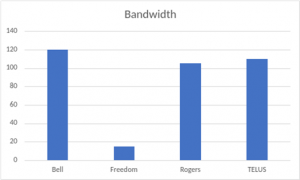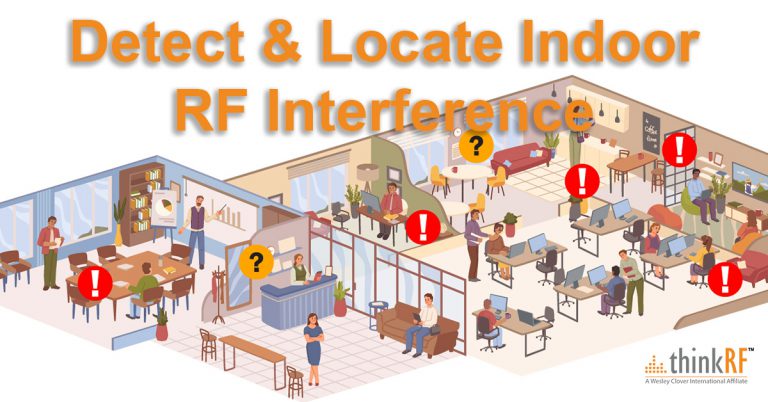At one of the malls over the holiday season I couldn’t help but notice how many new customers Freedom Mobile has been signing up as a result of their compelling wireless plans.
The photo above shows two kiosks at a shopping mall same day. The photo on the left was taken from the end of the line at the Freedom Mobile booth. It was busy!
Meanwhile the TELUS booth was quiet by comparison (the photo on the right).
Freedom Mobile has got some amazing deals! In particular their 5G and data plans are very compelling relative to the competition. It’s no wonder the lines are as long as they were.
But how do the two networks compare?
Performance comparisons are easy to make. Take two phones – one with a TELUS SIM card and the other with a Freedom Mobile SIM. Run a speed test and that shows how the network performs.
Or does it?
The issue with this type of test is that it only provides a performance comparison at one location and at a given moment in time.
You could be at a very favorable location for Freedom Mobile (under a cell tower for instance) relative to the TELUS network. In that case you might have super fast download speed with the phone that’s on Freedom. Now if you move to another location, the TELUS network might be better.
These tests are not representative of the entire TELUS or Freedom Mobile network across Toronto.
And since we expect to use the phone everywhere we go, these measurement results can’t be used to predict which network will be better on average across a region.
To understand how fast each network is, we have to look at the underlying wireless infrastructure.
That’s where SXM comes in
SXM stands for Spectrum eXperience Management. It provides visibility into the infrastructure that supports wireless communication networks. For instance, it provides insight into spectrum utilization, base station locations, technologies and much more.
In this case, SXM gives us information on the underlying technologies that are deployed by carriers. Essentially it tells us how Freedom Mobile’s network infrastructure compares with Rogers, TELUS and Bell. This in turn informs us what performance levels each is capable of (without having to rely on one-off measurements).
A key determining factor for network speed is how much electromagnetic spectrum a carrier has deployed.
SXM shows us how much spectrum has been deployed by each carrier. The amount of spectrum directly correlates to the bandwidth.
For instance, SXM tells us that 5G has been deployed by Bell, Freedom Mobile, Rogers and TELUS.
The following plot shows bandwidths assigned and utilized by each carrier in an area of Toronto to provide 5G services.

Freedom Mobile has allocated and is utilizing 15 MHz of bandwidth to 5G compared with Bell at 120 MHz. While there is more to service levels than just bandwidth available, this number is highly correlated with network performance. We can conclude that each of the big three, Bell, Rogers and TELUS, have dramatically better 5G networks than Freedom.
So while you might be getting an amazing deal with Freedom Mobile’s 5G offering, until Freedom Mobile acquires and allocates more bandwidth, the performance isn’t going to be as good. To learn more and for deeper spectrum insights check out the detailed 5G competitive infrastructure report in Toronto.







